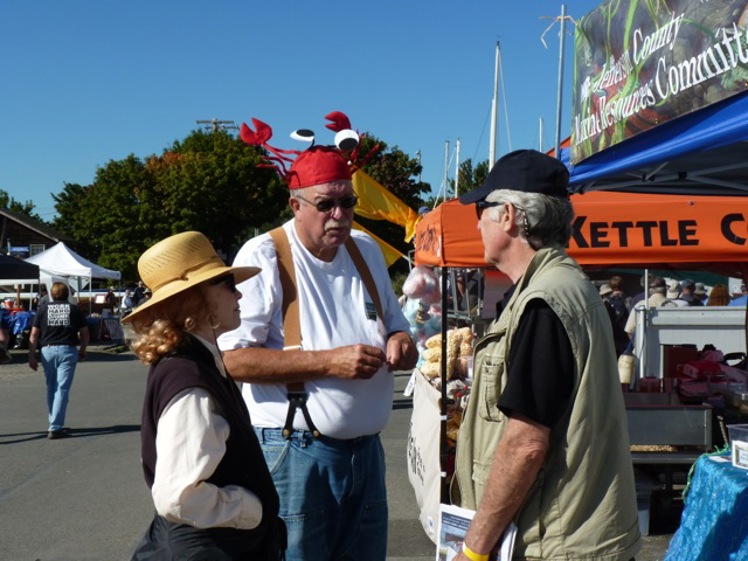We encourage crabbers to correctly rig their crab pots so the pots are not lost (and crabbers catch more crab). Our goal is to have fewer lost crab pots in Puget Sound and for everyone to have a successful day on the water. The MRC provides educational materials at local boat launches, distributes materials to retail stores selling crab licenses and gear, and holds annual workshops to teach attendees about setting up their pots, harvesting tricks-of-the-trade and WA regulations. Throughout the pandemic, the Foundation has offered online versions of these workshops.
Watch the 2022 virtual crabber workshop here to learn when, where and how to catch Dungeness crab in Washington waters.


